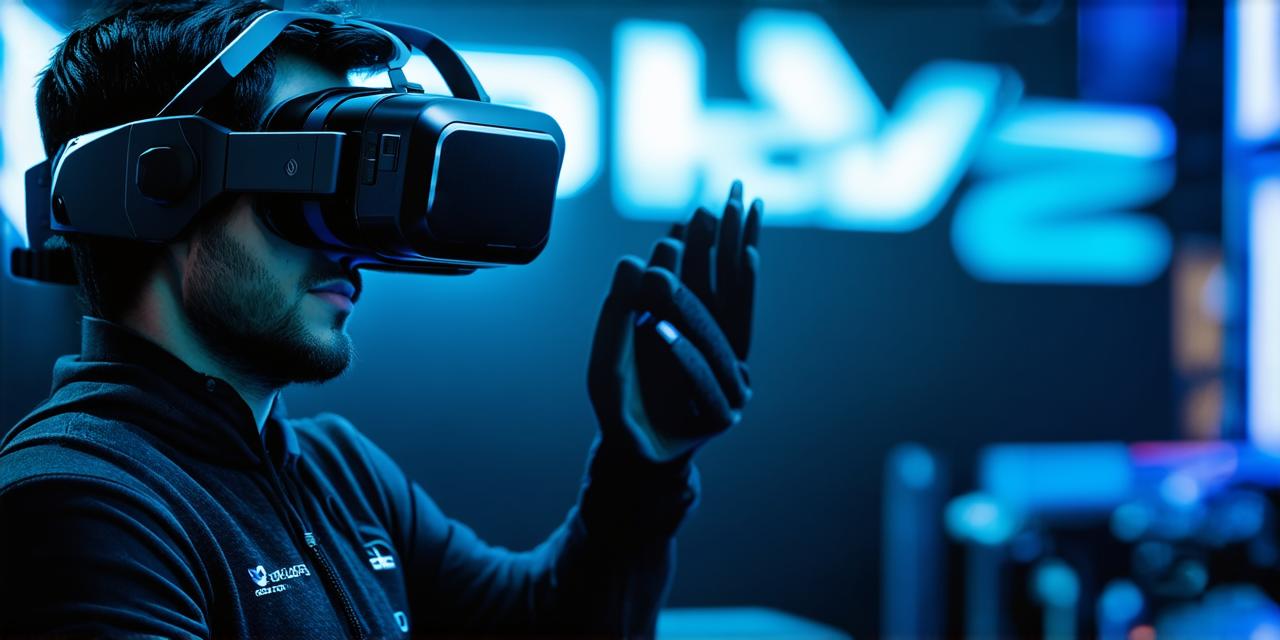
How does virtual reality provide assistance?

Virtual Reality (VR) is a cutting-edge technology that allows users to experience a simulated environment as if they were actually there. VR has already found numerous applications across various industries, including gaming, education, healthcare, architecture, and tourism.
Virtual Reality in Gaming
The gaming industry has been one of the earliest adopters of virtual reality technology. VR gaming allows players to immerse themselves in a game world like never before, creating an incredibly engaging and immersive experience. With virtual reality, gamers can interact with the environment in new and exciting ways, making games more realistic and enjoyable.
Virtual Reality in Education
Virtual reality has also found its way into the education sector. VR technology can provide a safe and controlled environment for students to learn about complex topics such as history, science, and engineering. For example, virtual reality simulations can be used to teach students about the human body, allowing them to explore different parts of the anatomy in a non-invasive way. Virtual reality education provides a new level of engagement for students, making learning more interactive and enjoyable.
Virtual Reality in Healthcare
Virtual reality technology has also revolutionized the healthcare industry. With VR, doctors and patients can experience surgeries and medical procedures virtually, allowing for better planning and preparation. Additionally, virtual reality can be used to treat phobias, anxiety disorders, and PTSD by exposing patients to controlled environments that simulate real-life situations. Virtual reality technology has the potential to transform healthcare, providing new ways for patients to receive treatment and for doctors to practice their skills.
Virtual Reality in Architecture
Architects have also found virtual reality technology useful in their work. With VR, architects can create 3D models of buildings and environments, allowing them to explore different design options and visualize how a structure will look in real life. This has made the design process more efficient and effective, allowing architects to save time and money. Virtual reality technology provides architects with a new level of detail and accuracy when it comes to designing buildings.
Virtual Reality in Tourism
Finally, virtual reality technology has also found its way into the tourism industry. With virtual reality, tourists can experience different cultures and destinations from the comfort of their own homes. This not only saves money but also reduces the environmental impact of travel. Virtual reality technology provides a new level of immersion for tourists, allowing them to explore different parts of the world without ever leaving home.
Real-Life Examples of Virtual Reality in Action
One real-life example of virtual reality in action is the use of VR technology in medical training. The University of California, Los Angeles (UCLA) has been using virtual reality to train medical students since 2016. With VR simulations, UCLA students can practice surgeries and medical procedures without risking human lives. This not only provides a safe learning environment but also allows for more efficient and effective training.
Another example is the use of virtual reality in the automotive industry. General Motors (GM) has been working with VR technology to design and test new car models. With VR, GM designers can create 3D models of cars and test them virtually before building a physical prototype, saving time and money. This not only reduces the cost of production but also allows for more precise testing and development.
The Benefits of Virtual Reality
- Increased engagement and immersion. VR technology provides a level of immersion that is difficult to achieve with traditional media, allowing users to feel like they are truly part of the experience.
- Improved learning outcomes. Virtual reality can provide a safe and controlled environment for students to learn about complex topics, allowing for better understanding and retention of information.
- Cost savings in various industries. Virtual reality technology can save time and money by reducing the need for physical prototypes, simulations, and testing.
- Reduced risk in medical procedures. Virtual reality allows for safe and controlled practice of surgeries and medical procedures, reducing the risk of harm to patients.
- Enhanced design and testing capabilities in the automotive industry. VR technology allows for more precise testing and development of car models, leading to more efficient and effective production.
Conclusion
Virtual reality technology has already found numerous applications across various industries, including gaming, education, healthcare, architecture, and tourism. With VR, users can experience a simulated environment as if they were actually there, making it an incredibly engaging and immersive technology. Virtual reality has the potential to revolutionize the way we learn, work, and interact with our surroundings, providing new opportunities for innovation and growth. As virtual reality technology continues to evolve, we can expect to see even more exciting applications and benefits in the future.


